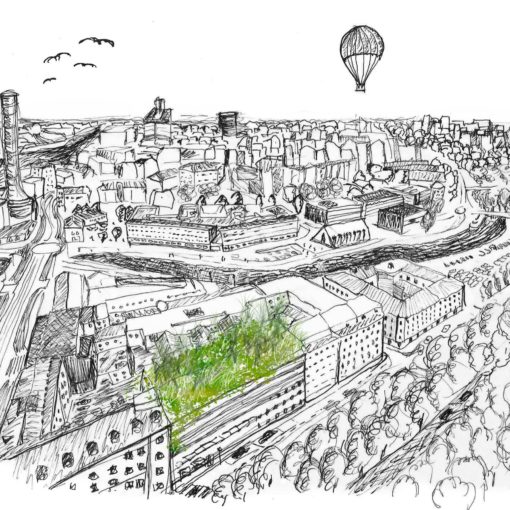LOUISE ELIASSON & MAGDALENA JOHNSON (2018)

Material Flow Accounting (MFA) studies, providing analyses of the metabolism of a given system, are receiving increased attention due to their potential in supporting planning and policy making for efficient resource use. In this capacity, they are becoming increasingly relevant to apply for urban areas by a variety of actors. This trend provides opportunities for research on user centred approaches and collaboration between academics and practitioners in the development of urban-level MFA models. With specific focus on the Urban Metabolism Analyst (UMAn) model, this thesis, carried out within Challenge Lab at Chalmers University of Technology, investigates how MFA data may be made more available for practical use. A case study of the project Circular Gothenburg within Gothenburg municipality is studied to anchor the investigation in specific user needs. Two research questions are addressed; (1) What types use could Circular Gothenburg have of the UMAn model and (2) How can data from the model be made more intuitive and user friendly? By adopting a user centred approach with emphasis on qualitative and interactive methods, concepts were created in collaboration with Circular Gothenburg and the UMAn research team, with attention to both needs and the possibilities of the model. The results display how data from the UMAn model can become more available through a conceptual software, consisting of several – and for Circular Gothenburg, relevant – components. The main value provided through this conceptual software is an understanding of the product and material flows being consumed within the city and their respective environmental impact. It further displays ways of visualising the data which may serve as a foundation for future work. The results suggest that the most relevant application of UMAn lies within planning and prioritising, and that greatest value is achieved when the data is combined with Life Cycle Assessment. Moreover, they show that there indeed is an interest in developing UMAn for more practical use, and that more research must be done before it can be practically applied.





